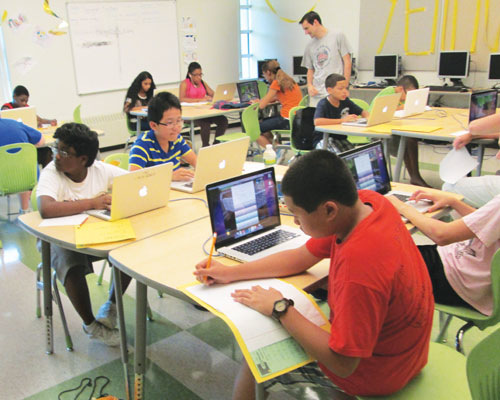In the Winter 2016 issue of AfterSchool Today, several of the NAA Most Influential in STEM and our own STEM Specialist were asked: "What do you see as the importance of and the opportunities for integrating the teaching of social-emotional skills during STEM learning experiences—the Why and the How?" Here's what they said.
THE WHY
Kathleen Lodl | Associate Dean, University of Nebraska-Lincoln Extension | Principle Investigator, Click2SciencePD
To realize our goal of helping young people reach their full potential, we provide them with many opportunities to learn and grow. STEM should be viewed through the framework of positive youth development and social-emotional learning. Our job is to help students practice STEM-based skills, such as problem-solving and adaptability, in a STEM environment and in other practical settings.
Michael Funk | Director, After School Division, California Department of Education, Sacramento, California
STEM learning helps develop the skills and mindset needed to navigate life. Perseverance is key. We all fail at times. It takes character to learn from our mistakes and to try again.
Karen Peterson | Chief Executive Officer, National Girls Collaborative, Seattle, Washington
Confidence plays an important role in the development of STEM competencies. The development and equitable nature of our future workforce will be built, in part, through attention to SEL and STEM strategies.
THE HOW
Andy the Science Wiz | STEM Specialist, National AfterSchool Association
Effective SEL instructional practices include encouraging personal responsibility, choice and self-reflection through planning and intentional teacher language, and providing opportunities for competence building and cooperative learning. These same instructional practices can be used during STEM experiences to build both STEM and SEL. Try these three easy strategies to integrate SEL with STEM learning:
- Focus on being a learning facilitator.
- Encourage and reward youth efforts by actively guiding discussions through questioning and feedback.
- Have youth work in small groups to foster collaboration.
The similarities between teaching STEM and SEL may be greater than you'd imagined!




